A deliciously creamy millet porridge that’s perfect for cool mornings. An alternative to oatmeal, this millet breakfast porridge is comforting, hearty, and easy to make in under 30 minutes! Totally gluten-free, dairy-free, and vegan, but no one would care!
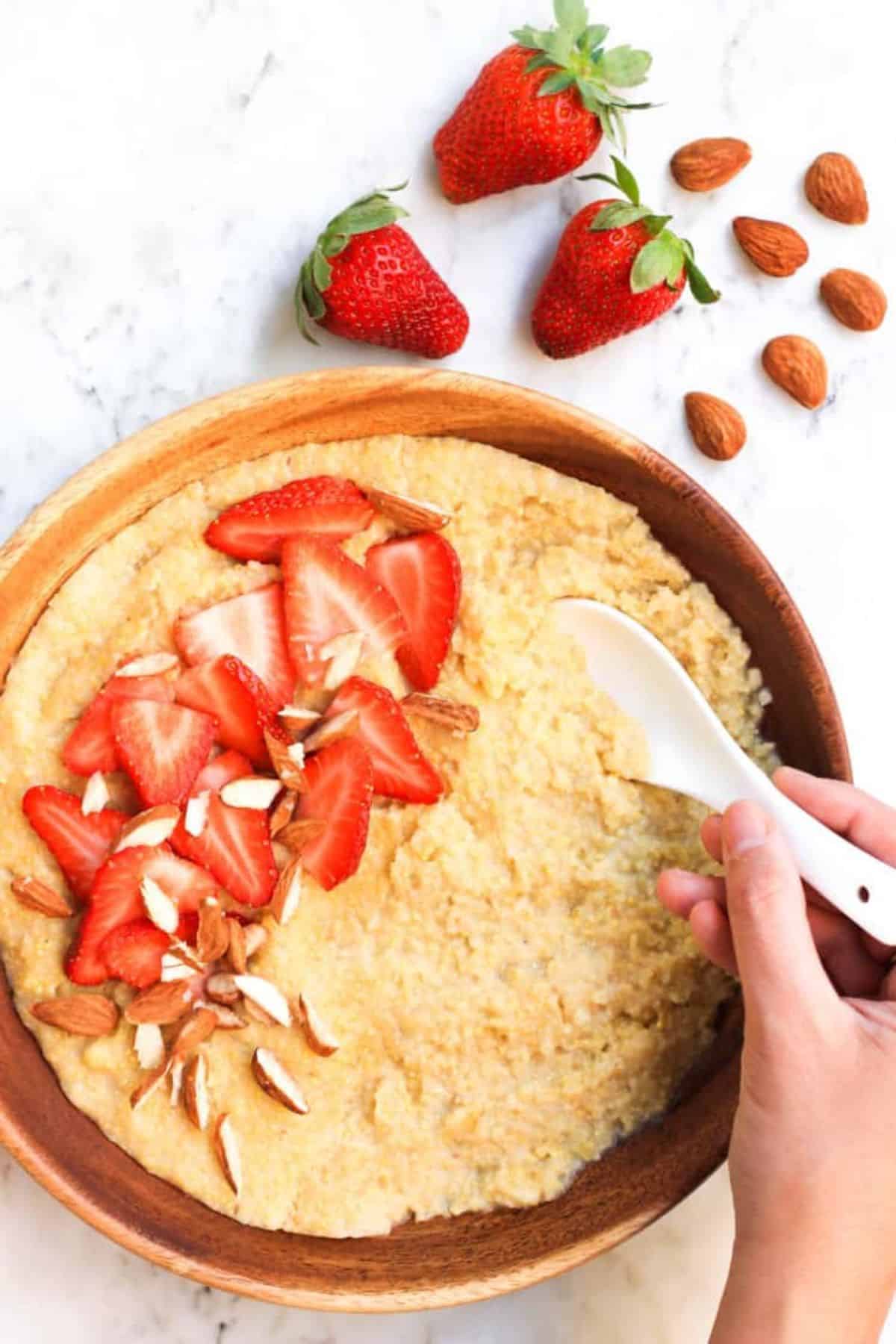
Want to save this recipe?
Enter your email & I’ll send it to your inbox. Plus, get great new recipes from me every week!
Jump to:
- Experimenting with Millet
- What is Millet?
- Is Millet Gluten-Free?
- Breakfast Porridge to Start Your Day
- Why This Recipe Works:
- Ingredients You’ll Need:
- Ingredient Notes/Substitutions:
- How to Make Millet Porridge (Step by Step)
- Dish by Dish Tips/Tricks:
- Recipe FAQs:
- Other Millet Recipes to Love:
- Gluten-Free Porridge Recipes to Start Your Day With:
- Gluten-Free Breakfast Recipes to Enjoy:
- Creamy Millet Breakfast Porridge (Gluten-free & Vegan)
Experimenting with Millet
A long time back, Lena, one of my friends and long-time reader of the blog, replied to the weekly newsletter email telling me about her millet story. According to Lena, she used to suffer from gastric issues but is now better after incorporating millet into her diet.
She’d checked my site for millet recipes, but because I’d never cooked with millet before, there were none. So, she asked, “could you please post something with millet?“
For a few months before Lena’s email, millet was already on my list of “to-try” ingredients. I’d see it at the natural food store every once in a while, and each time I’d wonder if I should pick up a packet of millet to experiment with. Each time I’d get distracted by some other ingredient and end up saying “Next time I’ll get millet. Just not today.”
Yet millet was always there, somewhere at the back of my mind.
Naturally, when Lena sent me her email telling me how eating millet has helped her, and then requested for millet recipes, I couldn’t resist saying yes. Of course! Obviously!!
At this point I was now very curious about millet. First though, I needed to learn a little bit more about millet and the recipes I could make with it.
What is Millet?
Millet is considered one of the ancient grains and is now regaining popularity.
(Interesting fact: Ancient grains refer to grains that have never been processed through hybridization or genetic modification, and are still grown the way they were a thousand years ago)
Known as a “psuedo-grain” because it looks deceptively like a grain, millet is actually a seed. This basically means that it’s a seed that acts like grain, in that you can cook it in the way you would cook rice and other grains.
Is Millet Gluten-Free?
Yes, millet is naturally gluten-free, but apart from that, millet is also a good source of fiber and is a low glycemic index food, which means not only is it good for people who have issues with gluten (such as Celiacs like Juan or others with gluten allergies or intolerances), it’s also great for diabetics as it helps to maintain stable blood sugar levels.
I also learnt that millet is actually alkaline in nature, which makes it easily digestible and is a great addition to the diet for those with sensitive stomachs.
You can cook millet like you would rice (into a porridge or for sprinkling the cooked millet over salads), and ground millet (which is essentially millet flour) is great for baking (such as this soft, fluffy millet bread).
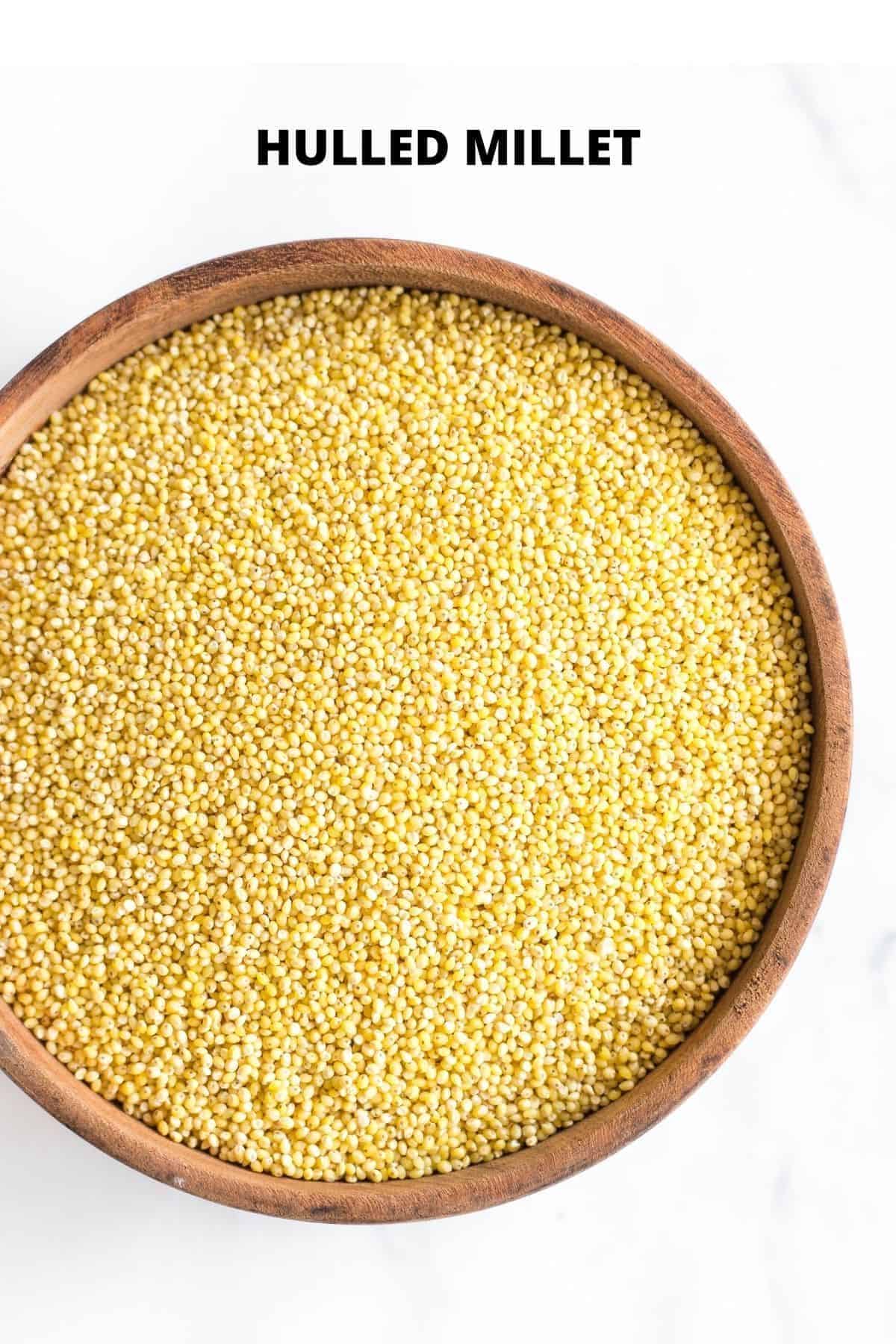
Breakfast Porridge to Start Your Day
When I was younger, I remember my dad used to start his mornings with a big warm bowl of oatmeal, and since then porridge for breakfast has become synonymous with home and comfort.
Instead of oat porridge however, we’re using millet for the most delicious and creamy breakfast porridge ever.
If you’ve never cooked with millet before, you might be in for a pleasant surprise! Depending on the amount of liquid that you use when cooking millet, you will get a different porridge consistency (it could be a creamy texture like that of porridge or rice pudding, or a fluffier texture like that of rice or quinoa).
Why This Recipe Works:
- Simple Ingredients: The ingredients required for this delicious millet porridge recipe are easily accessible at your local grocery store (nothing fancy required).
- Easy to Make: All you need to make this hot cereal is to combine the ingredients in a pot or pan, and then cook it until creamy. Easy peasy!
- Sweet or Savory: In this recipe, I’ve sweetened this morning porridge with maple syrup and vanilla extract, but you can easily leave that out and add in salt and sesame oil to make it savory!
- Totally Gluten-Free, Dairy-Free & Vegan: The best part is that this millet breakfast porridge is 100% gluten-free, dairy-free and vegan. This means that even those with Celiac disease or gluten or lactose intolerances, or those who are simply on a vegan diet, can enjoy it without worries!
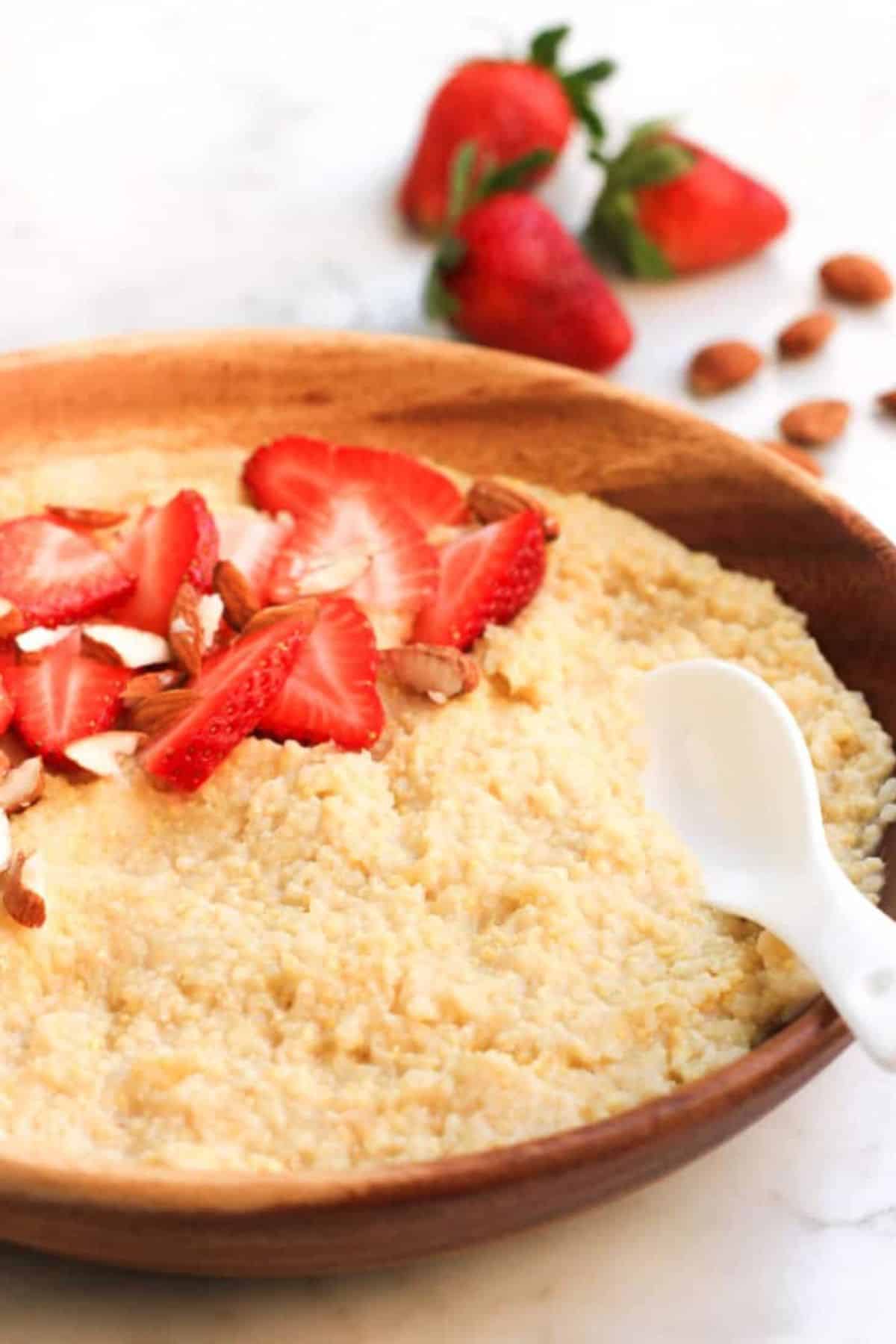
Ingredients You’ll Need:
Here’s a visual overview of the ingredients required to make this creamy millet porridge recipe.
(For exact measurements, please scroll down to the printable recipe card at the bottom of this post.)
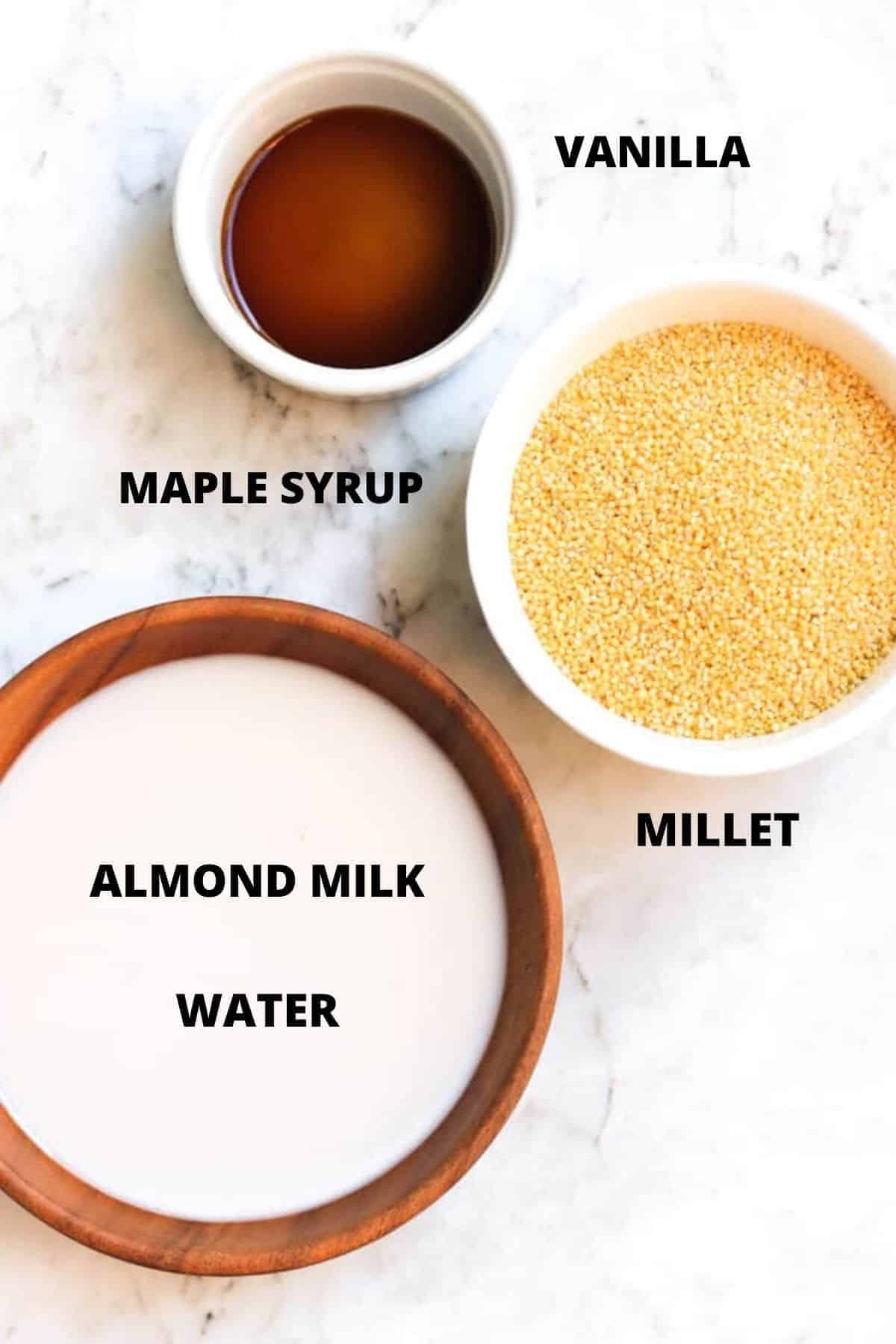
Ingredient Notes/Substitutions:
- Millet: Since this is millet porridge, millet is a fundamental main ingredient. I recommend using hulled millet which cooks faster and results in a creamier final texture.
- Almond Milk: I love using my 5-minute homemade almond milk, but you may use other plant-based milk of your choice (such as cashew milk, rice milk, coconut milk, soy milk, sunflower seed milk). Alternatively, if you are not lactose-intolerant or vegan, go ahead and use normal cow’s milk if you prefer.
- Water: I used filtered water, but potable tap water will work as well.
- Maple Syrup: I like to sweeten this millet porridge naturally with maple syrup, but you may also use agave nectar if you prefer. Alternatively, if you are not vegan, feel free to use honey instead.
- Vanilla Extract: I like adding a little vanilla extract for extra flavor. However, if you prefer not to, or simply don’t have it on hand, feel free to leave it out.
- Fresh Berries: I had fresh strawberries on hand when I made the recipe so I used those. However, you can also use other berries such as raspberries, raspberries, blueberries, or even other fresh fruit of your choice.
- Almonds: I like added crunchy chopped almonds for contrast in texture and color. Feel free to use other nuts such as walnuts, hazelnuts, pistachios if you prefer. You may also sprinkle seeds such as chia seeds or pumpkin seeds for extra taste.
How to Make Millet Porridge (Step by Step)
1. Combine Millet, Milk and Water
Combine uncooked millet, almond milk and water in a medium pot or medium saucepan.
2. Bring to Boil then Simmer
Bring the liquid to a boil. Once liquid starts boiling, lower to medium heat and let it simmer for 20 to 25 minutes, until millet is cooked and tender and most of the liquid has been absorbed.
(If it seems too dry for your liking, feel free to add extra almond milk for a creamier texture).
3. Add Vanilla and Maple
Add vanilla and a drizzle of pure maple syrup and mix well for another 30 seconds.
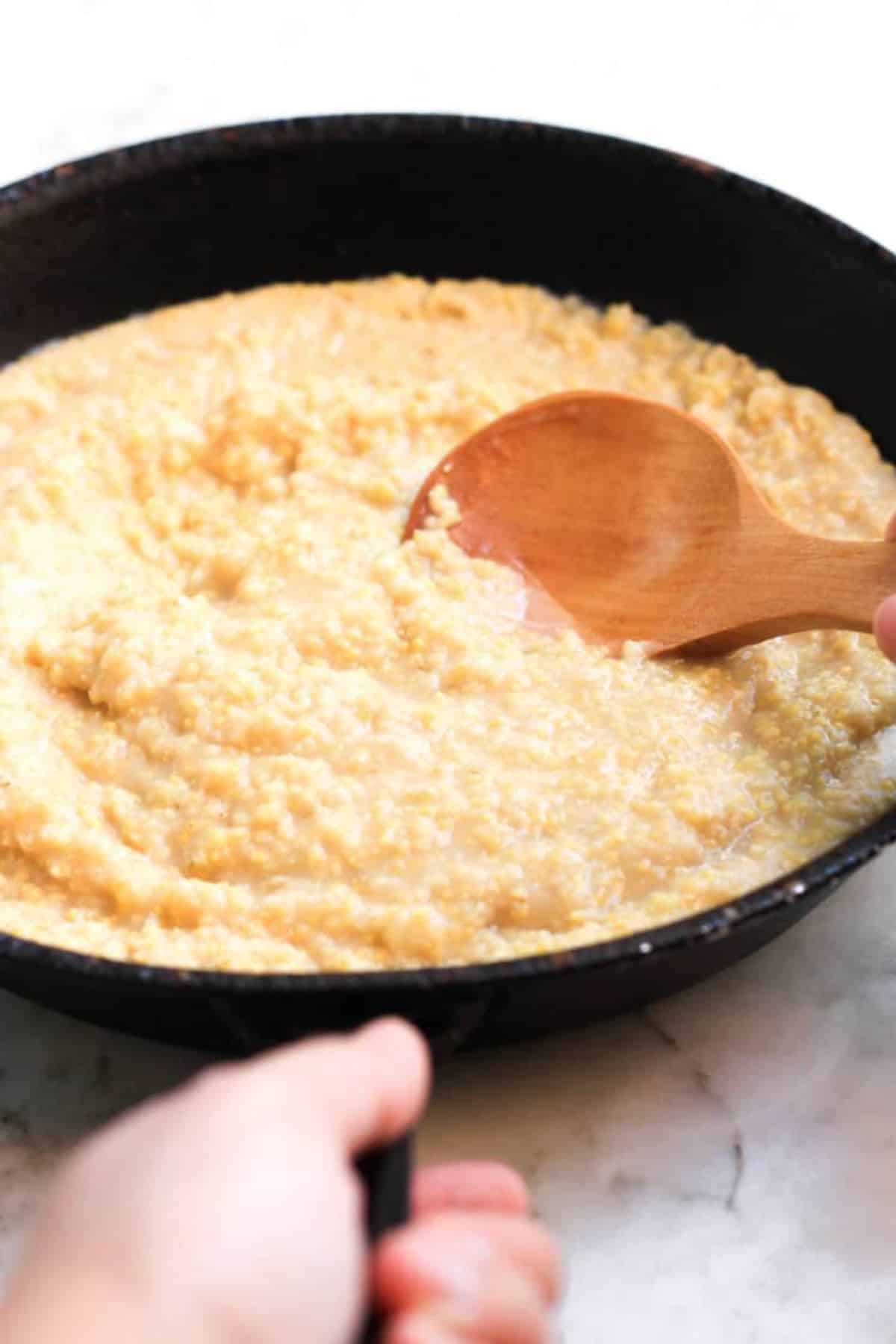
4. Serve with Fresh Fruit and Nuts
Serve the creamy porridge topped with sliced strawberries, chopped almonds and a drizzle of maple syrup.
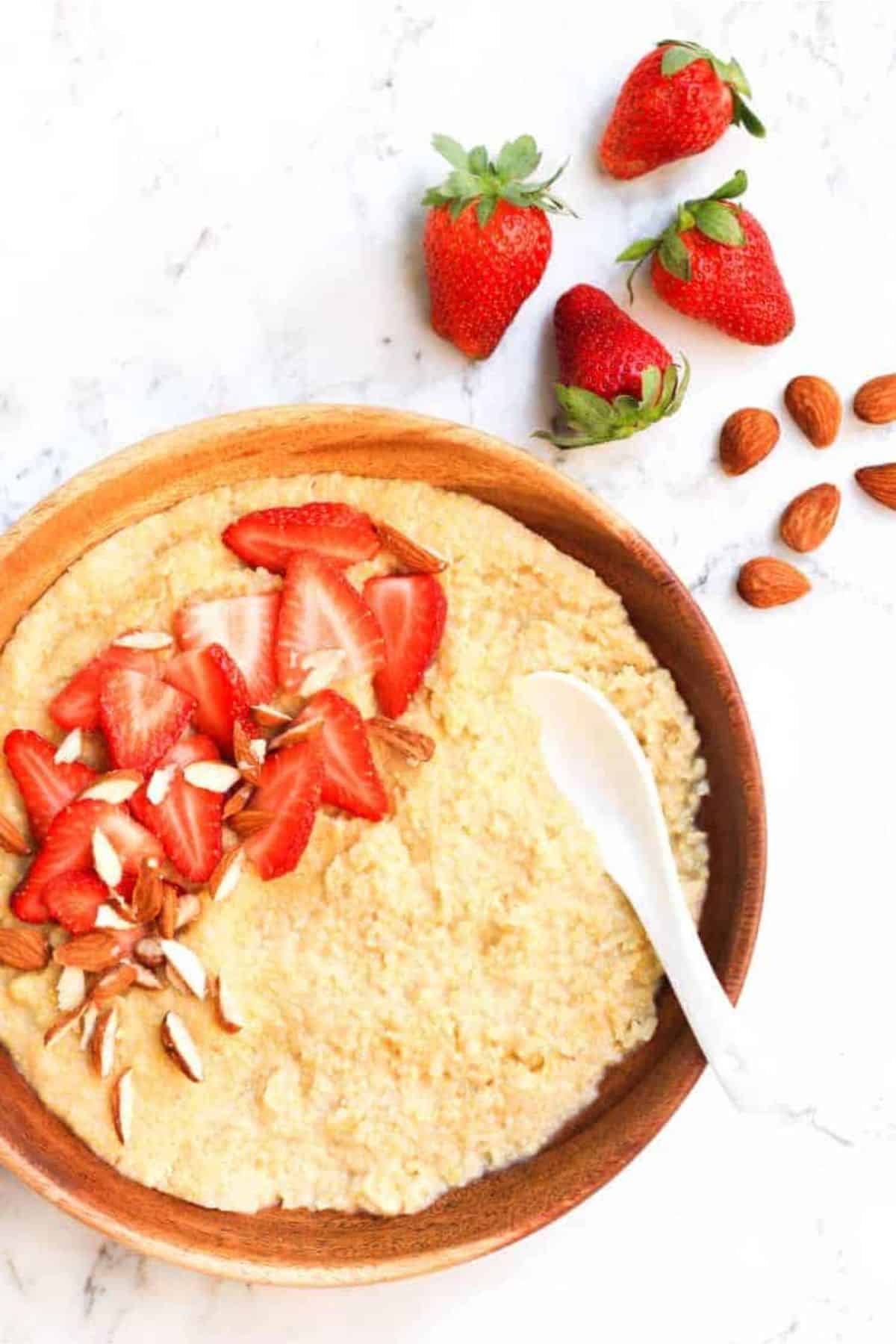
Dish by Dish Tips/Tricks:
- Make a Large Batch: I personally like to make a big batch of this gluten-free porridge and eat it over a few days. If you do that too, make sure to store the porridge in the fridge. The porridge will dry up a little in the fridge but that’s easy to take care of. When you want to eat it, simply warm it up with 1/4 cup of water in a small pot until the porridge is creamy again.
- Flavor with Cinnamon: When cooking this healthy millet porridge, you may also flavor it with a cinnamon stick in the pot or pan, so the porridge absorbs the flavor as it cooks.
- Optional Toppings: I used fresh strawberries and chopped almonds for this gluten-free breakfast porridge. However, you can also add other toppings such as sliced banana, coconut flakes or almond butter.
- Make it Savory: As I mentioned before, this millet breakfast porridge recipe is flexible and you can easily make it savory by omitting the maple syrup and vanilla and adding salt, sesame oil or soy sauce if you prefer. If you prefer a savory millet porridge, you can top it with savory toppings of choice (think sautéed veggies such as spinach, sweet potatoes or mushrooms).
- Make it Even Creamier: Just before serving this hot breakfast cereal, you may also add an extra splash of almond milk to the porridge for a creamier consistency.
Recipe FAQs:
To store, place the cooled leftover millet breakfast porridge in an airtight container and store in the refrigerator for up to 5 days.
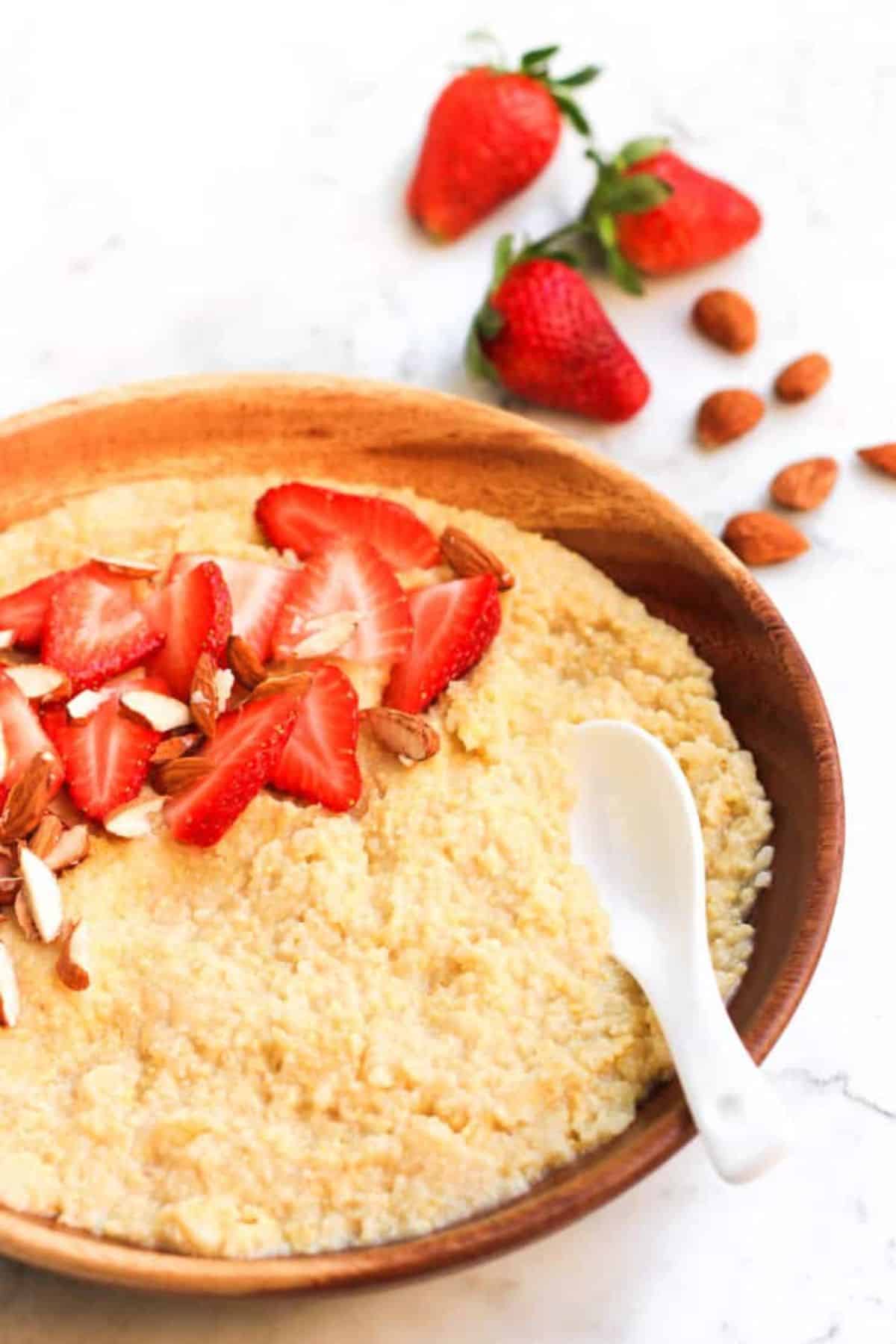
Other Millet Recipes to Love:
- Homemade Millet Flour (Gluten-Free, Vegan)
- Soft, Fluffy Millet Bread (Gluten-Free, Dairy-Free)
- Easy Millet Crepes (Gluten-Free, Dairy-Free)
- Warm Millet Bowl with Mushrooms and Kale (Gluten-Free, Vegan)
Gluten-Free Porridge Recipes to Start Your Day With:
- Maple Oatmeal Porridge (Gluten-Free, Vegan)
- Creamy Polenta Porridge (Gluten-Free, Vegan)
- Easy Buckwheat Porridge (Gluten-Free, Vegan)
- Creamy Quinoa Porridge (Gluten-Free, Vegan)
- Flaxseed Almond Porridge (Gluten-Free)
- Flax Breakfast Porridge (Gluten-Free)
Gluten-Free Breakfast Recipes to Enjoy:
P.S. If you try this recipe, I’d love for you to leave a star rating below, and/or a review in the comment section further down the page. I always appreciate your feedback. Be sure to check out my entire Recipe Index for all the recipes on the blog. You can also follow me on Pinterest, Facebook or Instagram! Sign up for my Email List to get fresh recipes in your inbox each week!
Print
Creamy Millet Breakfast Porridge (Gluten-free & Vegan)
- Total Time: 30 minutes
- Yield: 2 servings 1x
- Diet: Vegan
Description
A deliciously creamy millet porridge that’s a perfect alternative to oatmeal. This millet breakfast porridge recipe is comforting, hearty, and ready in under 30 minutes! Totally gluten-free, dairy-free, and vegan, but no one would care!
Ingredients
- 1 cup uncooked hulled millet
- 1 cup unsweetened almond milk
- 3 cups water
- 2 tablespoons maple syrup + more to taste
- 1 tablespoon vanilla extract
- Sliced strawberries, for topping
- Chopped almonds, for topping
Instructions
- Combine Millet, Milk and Water: Combine uncooked millet, almond milk and water in a medium pot or medium saucepan.
- Bring to Boil then Simmer: Bring the liquid to a boil. Once liquid starts boiling, lower heat to medium and let it simmer for 20 to 25 minutes, until millet is cooked and tender and most of the liquid has been absorbed.
- Add Vanilla and Maple: Add vanilla and maple syrup and mix well for another 30 seconds.
- Serve with Fresh Fruit and Nuts: Serve the millet breakfast porridge topped with sliced strawberries and chopped almonds.
Notes
Millet: Since this is millet porridge, millet is fundamental. I recommend using hulled millet which cooks faster and results in a creamier final texture.
Almond Milk: I love using my 5-minute homemade almond milk, but you may use other non-dairy milk of your choice (such as cashew milk, rice milk, coconut milk, soy milk, sunflower seed milk). Alternatively, if you are not lactose-intolerant or vegan, go ahead and use normal cow’s milk if you prefer.
Water: I used filtered water, but potable tap water will work as well.
Maple Syrup: I like to sweeten the millet porridge naturally with maple syrup, but you may also use agave nectar if you prefer. Alternatively, if you are not vegan, feel free to use honey instead.
Vanilla Extract: I like adding a little vanilla extract for extra flavor. However, if you prefer not to, or simply don’t have it on hand, feel free to leave it out.
Fresh Berries: I had fresh strawberries on hand when I made the recipe so I used those. However, you can also use other berries such as raspberries, raspberries, blueberries, or even other fresh fruit of your choice.
Almonds: I like added crunchy chopped almonds for contrast in texture and color. Feel free to use other nuts such as walnuts, hazelnuts, pistachios if you prefer.
Storing: To store, place the cooled millet porridge in an airtight container and store in the refrigerator for up to 5 days.
This was originally posted in 2016, but I’ve since republished it to included clearer text and instructions, as well as ingredient notes/substitutions.
Inspired by: Blissful Basil
- Prep Time: 5 mins
- Cook Time: 25 mins
- Category: Breakfast
- Method: Stovetop
- Cuisine: American

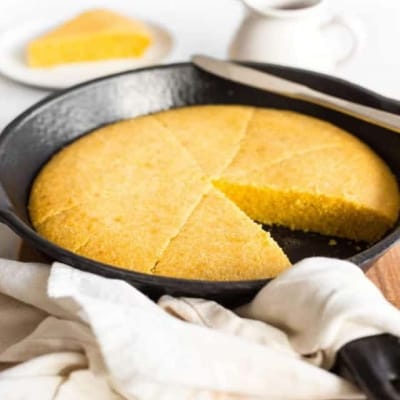
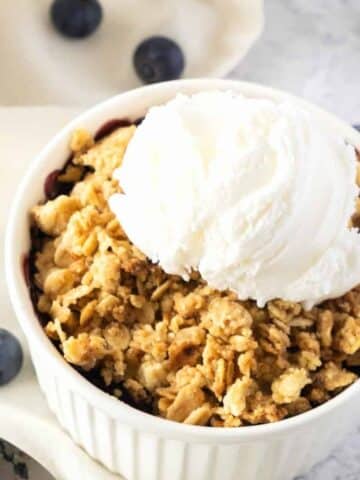
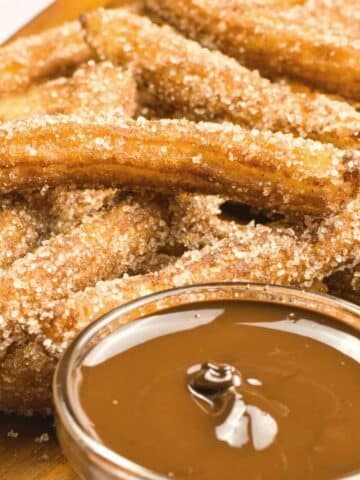
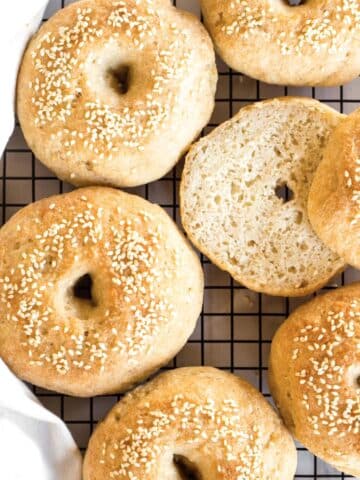
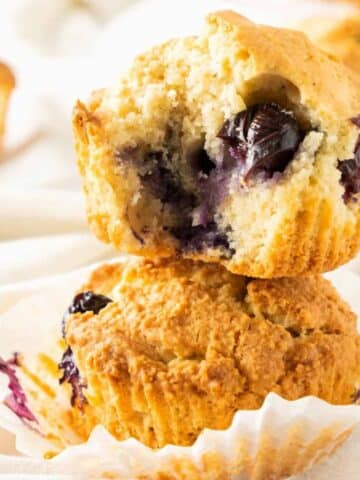



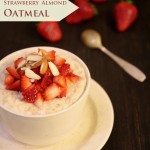



This looks amazing. I am getting a bit bored of using oats and millet looks like a good alternative. I was wondering whether there is a faster way to cook it though? Like in the microwave? Or soaked overnight etc?
Hi Gem! So glad to meet another fellow Singaporean blogger!! I’ve never made millet any other way before, but I think soaking it overnight in water should make make them softer by the morning and cooking time with be shorter (perhaps instead of 25 mins cooking time you can cook it for just 10 mins)! I don’t own a microwave so I can’t tell you if it works cooking it in the microwave. If you do try it, please let me know how it went for you 🙂 Btw, your blog is beautiful!
Of course, love!! Have been looking forward ever since you told me you’re creating recipes for millet.
Thank you!
XO ~ Lena
Yay!!! 🙂 Next time I’ll do a savory recipe!
I am going to have to give millet a try, lovely post! #bloggingboost
Thanks for dropping by Dina! You definitely have to try millet. It’s amazing!
i haven’t ever used millet in porridge before – definitely something i need to try. it’s perfect for the upcoming cool weather! Xx
Hi Thalia, thanks for dropping by! You should definitely try millet in porridge form! It’s similar to quinoa porridge but has a more neutral taste than quinoa so it may be more palatable to most. Definitely great for the upcoming cool weather 🙂 xoxo, felicia